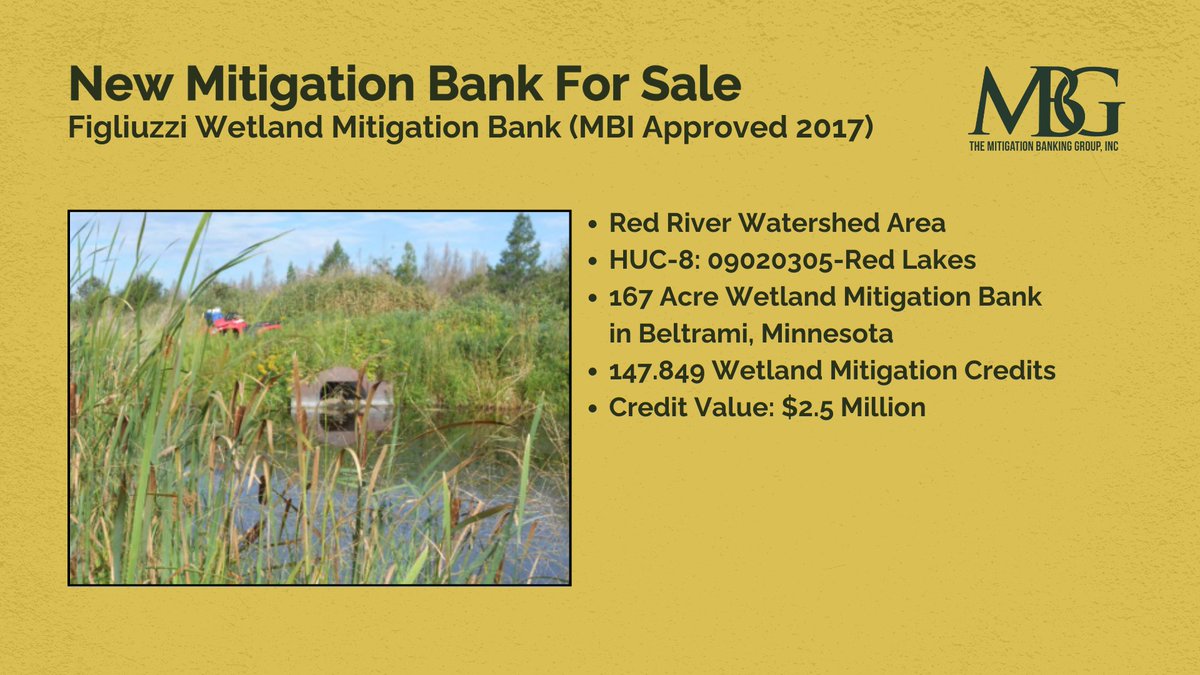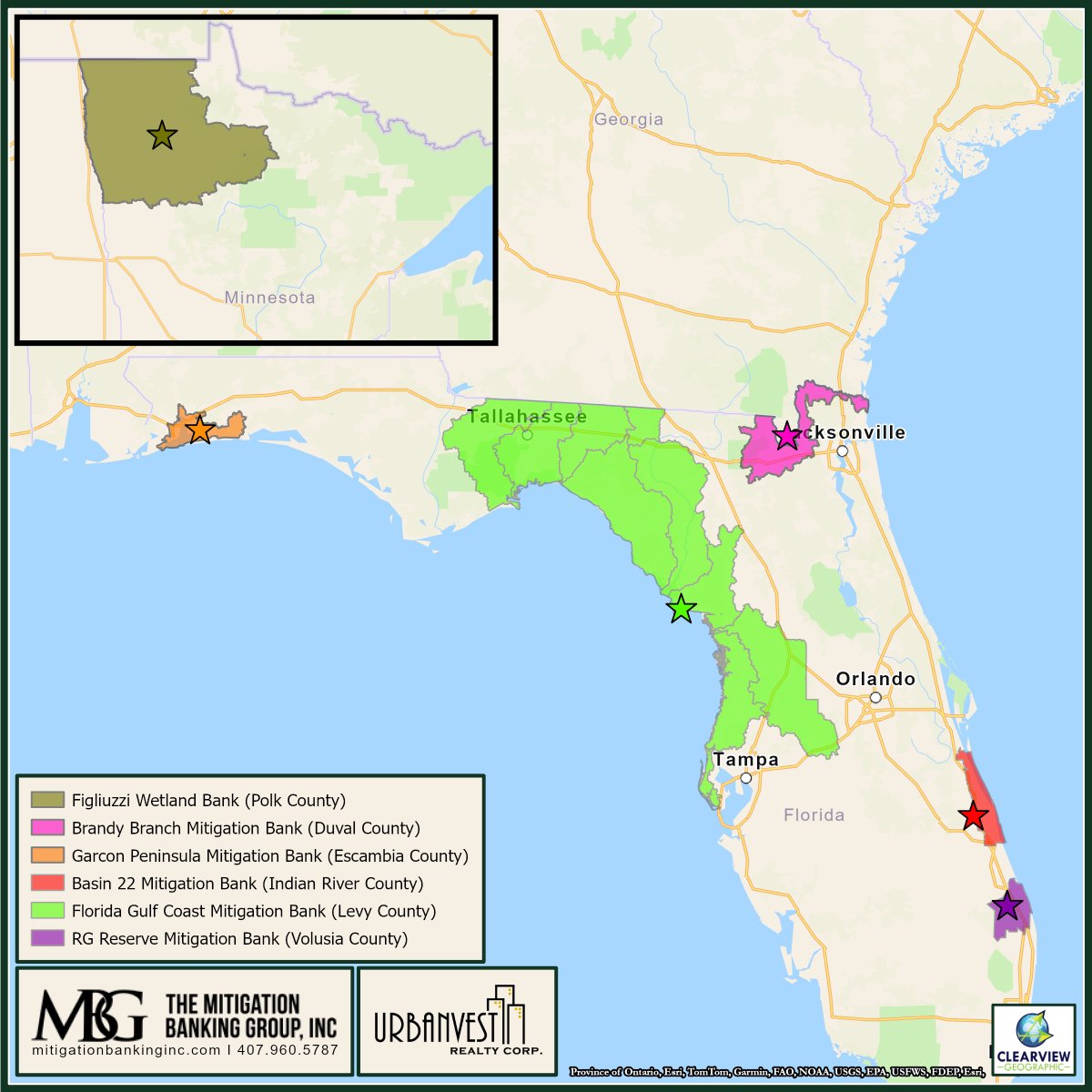Changes to multipurpose mitigation banks regulation in Florida: (CESAJ-RD)
On December 21, 2021, the Jacksonville Florida District Corps of Army Engineers (USACE) issued updated information on the establishment of mitigation banks. This guidance called, Guidance for Establishment and Use of Multipurpose Mitigation Banks and In-Lieu Fee Programs in the Jacksonville District (CESAJ-RD), provides regulation for banks that provide ecosystem functions fulfilling the obligations of more than one program or authority at different levels of government. This guidance, directly resulting from the decision to allow Florida state to administer Section 404 of the federal Clean Water Act (CWA), provides needed context for multipurpose mitigation banks regulation.

What is the meaning of a multipurpose mitigation bank?
A multipurpose mitigation bank, also known as joint banking, can fulfill the obligations of multiple different authorities like tribal, state, or local wetlands regulatory programs, and federal programs. Programs may include, among others:
- water quality programs (e.g., Section 401 of the CWA),
- surface water programs (e.g., Environmental Resource Permits (ERP)),
- nutrient programs (e.g., Nitrogen, Phosphorus, etc.),
- carbon programs, and
- state programs for endangered and threatened species.
For example, if you have a wetland mitigation bank, it may offset impacts related to Section 404 of the Clean Water Act as well as state-issued Environmental Resource Permits.
How do changes in regulations affect mitigation banking in Florida?
This guidance specifically affects Florida because of the state assumption of the 404 CWA program. As a result, Florida state administers permits for mitigation efforts for both state and federal requirements.
How do multipurpose mitigation banks work?
Let’s say a mitigation activity like native grassland establishment fulfills the CWA because it filters water. However, it also slows stormwater runoff, something regulated by the ERP. So, this activity offsets a negative impact on both clean water resources and surface water flows making the bank multipurpose. As a result, it may generate credits from both programs.
What is the effect of multipurpose mitigation on credits and debits?
As a result of the overlap, when a sponsor sells a federal CWA credit, an associated amount of state credits will be debited from the Florida state ledger and vice versa.
The method to achieve this procedure is still unclear. However, for illustration:
If a bank has a total of 100 state credits and 50 federal credits, assume the credits are linked two to one. If this is the case, when one federal credit is sold, two credits will be eliminated from the state ledger.
With this new guidance, the sponsor will be required to add language to the MBI that he/she has not sold “excess” state credits. This rule only applies to future multipurpose banks, not to those banks that already have an MBI or a “has potential letter” from the USACE.










